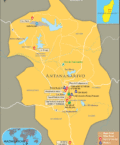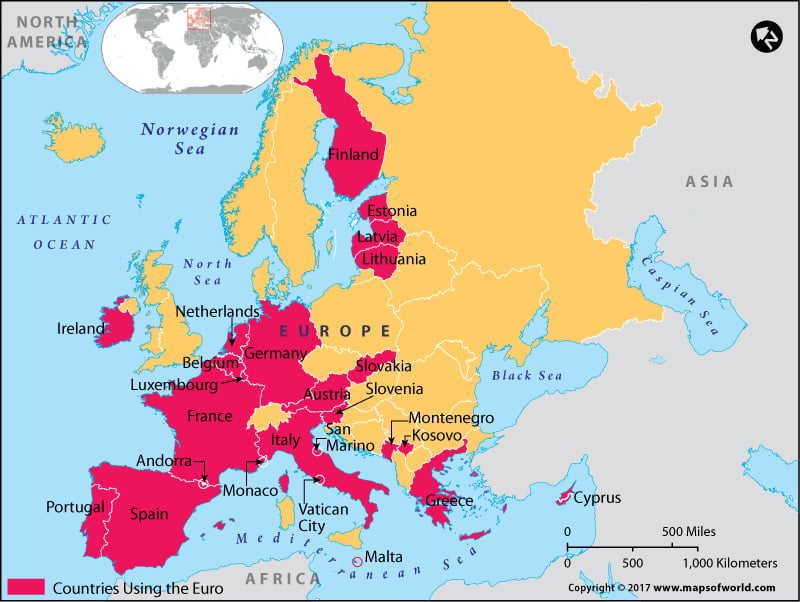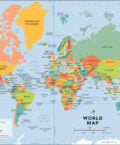The new president plans to improve and develop the economy thus establishing a stable economy in Peru.
Dry coastal region, the Andes and the tropical lands along the borders of Colombia and Brazil make up the geography of Peru and this geography is mirrored in the economic system of Peru. The coastal regions is a storehouse of plentiful mineral resources. The coastal waters is perfect for fishing. Too much dependence on minerals and metals leads to Peru economy facing fluctuations in international prices. Also Peru's economy lacks infrastructure because of which trade and investment suffers.
After a period of economic inconsistency, Peru economy experienced annual 4% growth from 002 to 2006. The exchange rate remained stable and inflation was low. Late 2004 witnessed an investor optimism due to the fiscal policies of the government and its attitude towards trade and investment.Inspite the good economic scenario,underemployment and poverty are still persistent. Peru's economy is experiencing a steady growth. Minerals, textiles and agricultural products are the chief exports which earns the country a large revenue. The Camisea natural gas megaproject and other such energy projects also are expected to lead to a rise in the Peruvian economy. President Garcia has introduced a new economic program called Sierra Exportadora in order to develop Peru economy and keep up its consistent growth.
The GDP of Peru is $186.6 billion. GDP real growth rate is 8%.rate of unemployment is 7.2% and rate of inflation is 2.1%. Agricultural products include asparagus, coffee,cotton, sugarcane,grapes, oranges, cocoa,dairy products, fish,rice, potatoes etc. Industries are steel, mining and refining of minerals, petroleum extraction and refining, natural gas, fishing etc.
For more information log on to
- Economy of Argentina
- Economy of Bolivia
- Brazilian Economy
- Economy of Chile
- Columbian Economy
- Costa Rica Economy
- Guatemala Economy
- Economy of Guyana
- South American Economy
- Economy of Panama
- Venezuelan Economy




